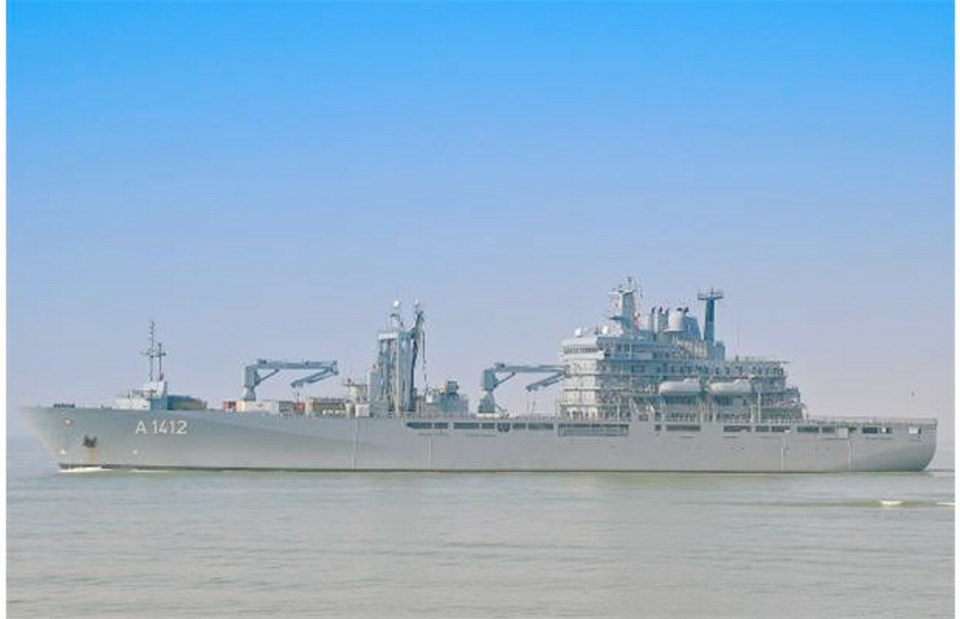VANCOUVER — The federal government is a step closer to completing a $2.6-billion deal to build two naval supply ships in B.C.
It announced Sunday that it has chosen to buy an existing design, based on the German navy’s new Berlin-class supply ships, from the Canadian division of German company TheyssenKrup Marine Systems.
That means the vessels can be started within a few years, said Rear Admiral Pat Finn, who oversees navy procurement.
“This is a pretty key ship for the Canadian navy,” he said in a telephone interview from Ottawa.
Initial work on the federal vessels will be carried out in North Vancouver. They will be completed and taken out on trials from Esquimalt.
Seaspan Marine, owner of Victoria Shipyards and Vancouver Shipyards, won an $8-billion contract in late 2011 to build the navy supply vessels and new coast guard vessels, but so far no contract for construction work has been finalized.
The new navy vessels, known as join support ships, will carry food, fuel and ammunition to supply a sustained naval operation anywhere in the world, Finn said. They will also have a small hospital and be equipped to carry two helicopters.
The German vessels are also equipped with autocannons for close-in defence and sea-to-air missiles. They are 174 metres long and displace 20,240 tonnes.
The Royal Canadian Navy was supposed to retire its two 45-year-old supply vessels, which have become environmentally unsound and expensive to maintain, in 2012.
Over the past year, the navy has debated undertaking a new design or going with an established ship already used at sea. It estimated a new design would cost 15 per cent more.
“We spent a year looking at the two designs, looking at the extent to which they meet the navy’s operational capabilities, the affordability and construction and the cost and schedule, and we’ve concluded the existing design is the best way forward for the government of Canada to get out and build ships here in Canada,” Finn said.
Still, it could be several years before the North Vancouver shipyard operated by Seaspan Marine can increase its capacity and modernize its infrastructure. Meanwhile, the German design must be optimized for that specific yard before building can start, he said.
“We’re still a few years away from signing the detailed build contract.”
Seaspan did not return calls seeking comment.
Most of the material for the multibillion-dollar ships will come from Canadian sources, Finn said.
A total cost has not been finalized, but a Parliamentary Budget Office report in March found the costs could run as high as $4.13 billion, largely due to delays.
A scheduling conflict at the North Vancouver shipyard — which would force government to decide whether to build Canadian Coast Guard icebreakers or the supply ships first — has not been sorted out, Finn said.
They are both expected to be completed about the same time, but the yard can handle the construction of only one at a time.
The icebreaker CCGS John G. Diefenbaker is set to retire in 2017.
With a file from the Times Colonist



